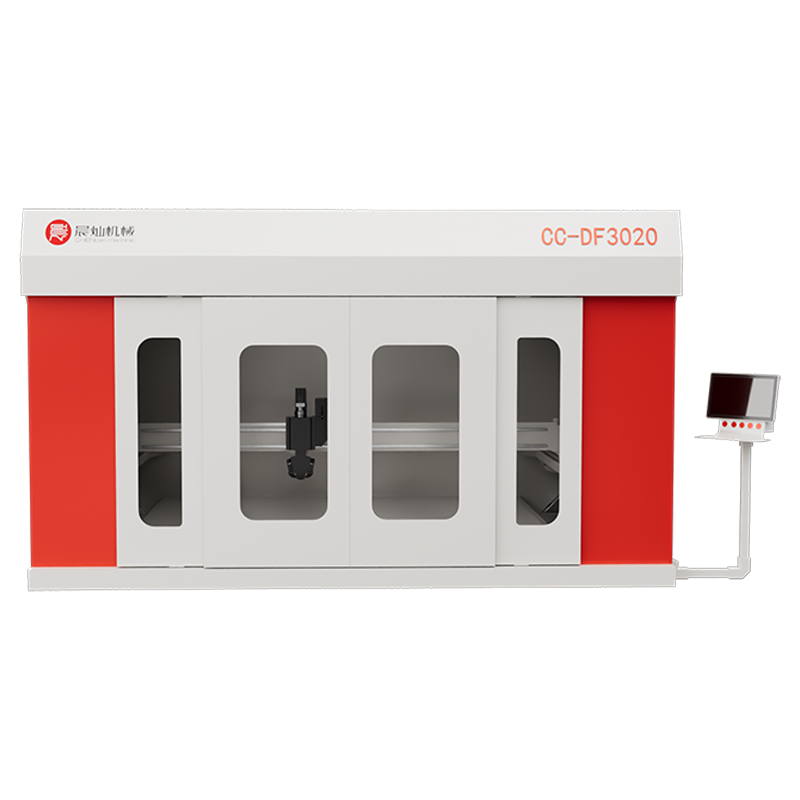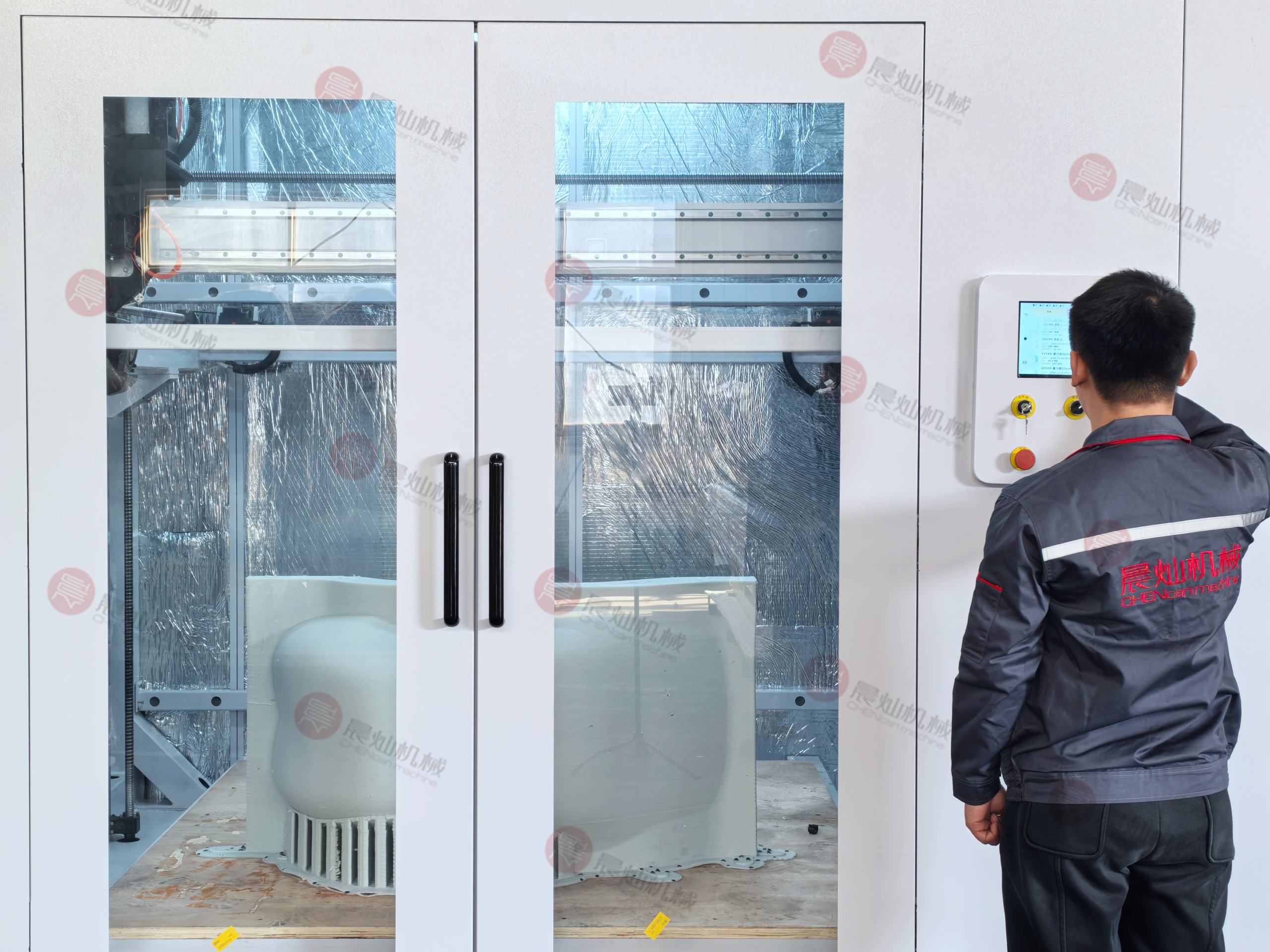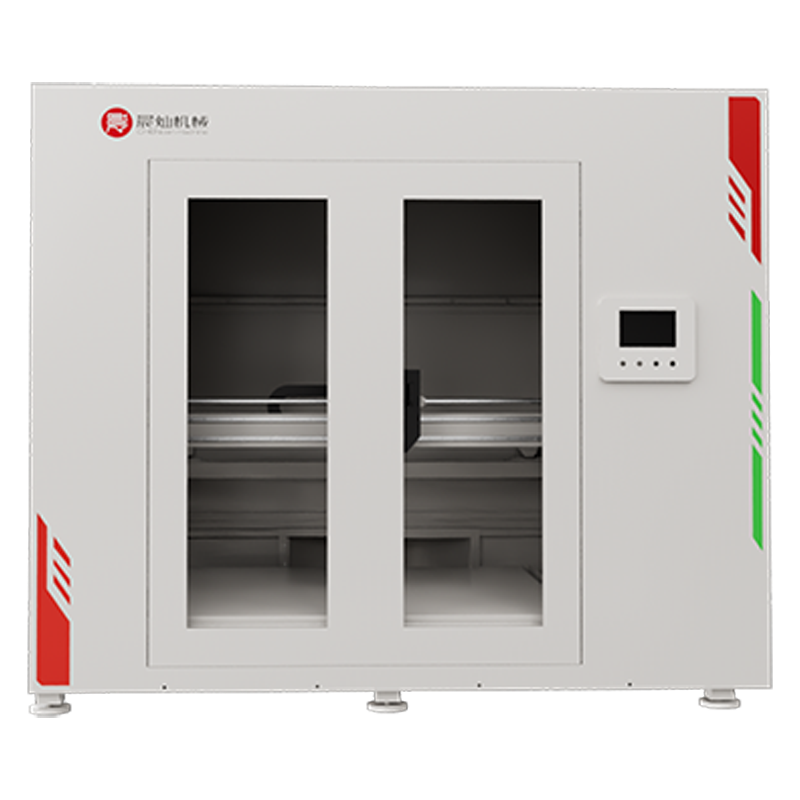When people first consider large-scale 3D printing, the question that comes to mind is often about time. How many hours or even days does it take for a machine of this scale to finish a complex build? The answer is not simple. It depends on design, materials, and technology. Modern industries, from automotive to aerospace, rely on these machines because they allow faster prototyping and cost-effective production of big components. If you are exploring this area, CHENcan deserves a closer look. Founded in 1998, the company has grown into a global supplier of advanced CNC and additive manufacturing systems. With operations in China, the United States, India, and Russia, it has already delivered machines to over 25,000 clients in more than 70 countries. Its history shows continuous progress, from building China’s first large 5-axis composite machining center to developing additive systems that combine 3D printing with milling. The factory covers 60,000 square meters, staffed by over 270 employees, including a strong R&D team and engineers with decades of experience. Through enterprise planning, the company invests more than 10% of annual revenue into research, holds 140+ patents, and cooperates with top universities.

What Factors Determine the Print Time for Large 3D Builds?
Print duration depends on a mix of technical and design factors. A large 3D printer has the capability to build big molds and parts, but the actual time changes with resolution, size, and material. You need to evaluate these before planning your project.
Layer Height and Resolution
Thin layers create smoother surfaces but take more time. For example, a mold printed at 0.1 mm per layer will take several days, while one at 0.3 mm finishes faster but may need more polishing.
Build Volume and Part Size/Geometry
A machine with a cubic meter build volume can produce a car dashboard mold. A part with simple geometry might complete within two days, but a structure with deep cavities and overhangs could double that time.
Material Type and Processing Strategy
Resins, particle materials, and polymers have different curing or sintering speeds. High-flow materials speed up deposition, but delicate ones require slower passes. Processing strategy, such as continuous deposition or hybrid printing, also affects total hours.
How Much Time Does High Efficiency Particle 3D Printing Mold Equipment Use?
This type of equipment is designed for large industrial molds and is known for its faster particle deposition. For many users, it is about balancing speed with stability.

Typical Throughput Rates
The High Efficiency Particle 3D Printing Mold Equipment has high output rates. A mid-sized mold of 1.5 meters length could be completed in 36 to 48 hours depending on the resolution chosen.
Complex Mold Build Time Estimates
For molds used in automotive or aerospace fields, builds can reach several days. For example, a tool with deep channels may take 70 hours, while a simpler pattern may need only half that.
Optimized Workflow and Post-Processing Time
Although printing is faster, post-processing like cooling, trimming, and surface finishing can add another 20% of total project time. Still, this approach reduces the traditional mold-making cycle by weeks.
How Fast Can Industrial 3D Printer Machines for Process Models Work?
Process models are usually less demanding in material density, but accuracy still matters. These machines are designed for design validation, exhibitions, or quick functional testing.

Model Complexity Versus Speed Trade-off
The Industrial 3D Printer Machines for Process Models can produce mid-scale architectural or mechanical models in under 24 hours when geometry is straightforward. Complex patterns might stretch to 48 or 72 hours.
Layering Strategy and Print Duration
Higher layering speed means faster turnaround. But models requiring fine detail, like turbine mock-ups or medical equipment samples, need smaller layers, which increases time.
Examples of Real Projects and Timelines
A one-meter automotive prototype part was reported to finish in about 30 hours. A scaled wind turbine model required two full days due to intricate blade curves.
What Are the Time Frames for 3D Printer Machine for Mould Making?
Mold making often requires high stability because molds see repeated use. These machines combine printing and milling, which affects total project time but ensures better accuracy.

Large Mold Build in Real Cases
The 3D Printer Machine for Mould Making can complete a standard car bumper mold in 4 to 5 days, including both additive build and CNC finishing.
Printing + Milling Combined Time
Although printing alone may take three days, adding milling reduces manual polishing, cutting down total lead time by nearly 40% compared to traditional casting.
Factors That Speed or Slow the Build
Complexity, milling passes, and material hardness affect time. A mold with thick sections might print faster but take longer in milling, while lighter structures reverse that balance.
Can You Estimate Print Time Before Starting a Project?
You can estimate time, but accuracy varies. Most large 3D printers include software tools to simulate build hours. Still, you need to plan for changes.
Software Simulation and Time Prediction Tools
Most control systems provide time estimates, but they often vary 10 to 20% from real output due to factors like nozzle clogging or temperature adjustment.
Margin for Errors, Failures, and Rework
Large builds risk print failures. A small nozzle block in the middle of a 60-hour build can require redoing a section, so time buffers are essential.
Practical Tips for Better Estimation
Run small test prints to gauge material flow and adjust speed. Add at least 15% margin when committing delivery times to clients.
Why Does Print Duration Matter in Business Decisions?
Time is not just a technical detail—it shapes cost, client trust, and project planning.
Impact on Lead Time and Customer Satisfaction
A mold that once took two months to produce can now be finished in less than a week. Faster lead times often secure repeat clients.
Cost Implications of Longer Prints
Electricity, material waste, and labor hours all scale with time. Longer prints raise project costs, so efficiency directly affects profit margins.
Balancing Speed, Quality, and Cost
Sometimes cutting a few hours compromises strength or accuracy. The key is finding the right mix, not only the fastest option.
What Steps Can You Take to Shorten the Print Time for Large Builds?
You can influence time even before pressing start. Careful planning and setup help avoid delays.
Optimize Print Orientation and Support Strategy
By rotating the model and reducing support structures, you can cut hours off the print. A vertical orientation may double print time compared to angled placement.
Use Higher Output Equipment or Parallel Printing
Some facilities operate multiple printers together. Parallel printing splits big projects into modules, reducing single-build time.
Choose Efficient Post-Processing Methods
Select finishing methods that match the part. Quick sanding may replace full polishing for non-visible sections, cutting hours from total work.
FAQ
Q1: How long does it take to print a 2-meter automotive mold?
A: Depending on layer height and machine type, it can take 60 to 80 hours including cooling.
Q2: Does a hollow design reduce printing time?
A: Yes, hollow or lightweight infill cuts hours, but you must check part strength.
Q3: Can a large print be paused and resumed?
A: Many machines allow pause and resume, but there is a risk of layer bonding issues if paused too long.





